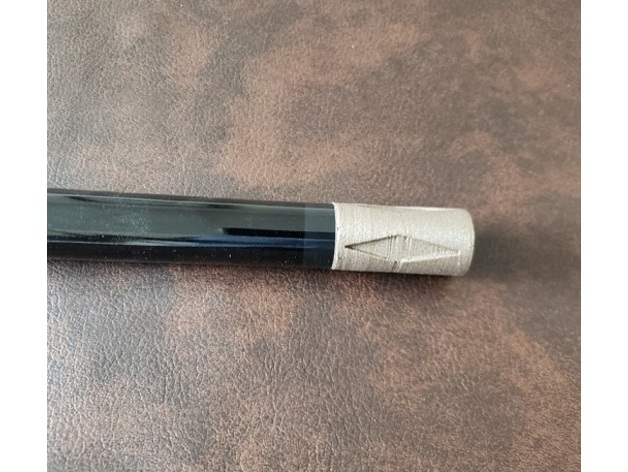I'm back in Atlanta, and recieved a radial pin here to match up with a Rhino radial shaft I just got.
View attachment 734806
Goal is to replace the weakest link in the prior version, which was a printed 5/16-14 thread, with a steel radial (knock-off) pin. That means I needed a female thread to accept the male radial pin threads. There is no available information for the radial thread design, so I reversed engineered it. I made radius gauges and pitch gauges. After several iterations, I had a duplicate of the male thread. I then made a female counterpart.
View attachment 734807
Radius gauge.
View attachment 734808
Pitch gauge.
View attachment 734809
The radial pin fit perfectly in the butt. It was a tight fit, without glue, which is just what I was going for. I had to use pliers to install it. The pin was perfectly straight. The entire cue rolled straight all screwed together.
View attachment 734814
I really like the colors. The matte white goes great with the matte CF. I think cuemakers should offer this color combination for CF shafts.
The cue worked. I hit a couple racks, and it played ok. The sound was bad though. It was super, super, super pingy. Like no other cue I've ever heard. Almost the sound of an aluminum softball bat. I may try some foam inside somewhere to see if I can tone it down. The cue was also too heavy. If I re-do it, I can add hollow sections to bring the weight down, and also add foam to the hollow sections to hopefully reduce the pinging.
